- Home
- Machining techniques
- CNC Machining Services
- Cooperative supply services
- Designs
- Materials
- Finishing Services
- Shop
- Products
- Guide
- About Us
- Contact Us
2022.8.30
In order to reduce the loss caused by the corrosion of metal parts, there are various methods to prevent metal corrosion.
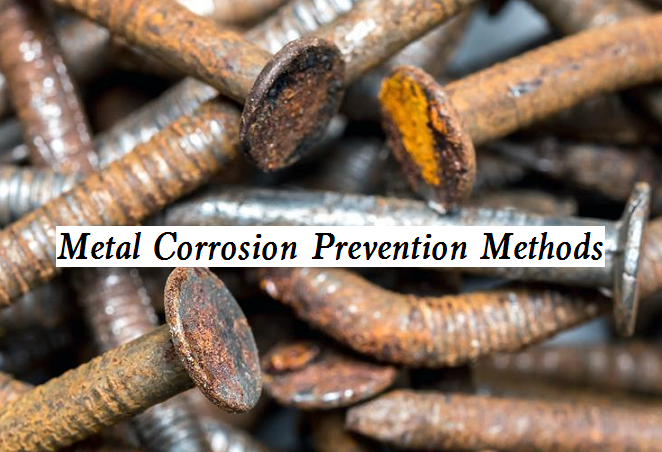
1. Product design and material selection
It is impossible for any material or product to be completely free from corrosion after long-term use or storage. Therefore, in order to improve its service life and enhance its performance, the materials or products need to be electroplated (metal surface treatment). Corrosion and its control is an important issue that runs through all links of product design, trial production, production, use, and maintenance. When designing products, not only the mechanical properties of materials should be considered, but also the use and working environment of products should be understood.
1) For some products, such as many plates, pipe fittings, castings, forgings, and tanks for the chemical industry, in addition to the necessary mechanical strength guarantee, some corrosion allowance must be reserved during the wall thickness design;
2) During the design of the product structure, attention shall be paid to the design of the reasonable surface shape, and attention shall be paid to leaving a few dead corners in the connection process to avoid the retention of moisture or other corrosive media, resulting in crevice corrosion;
3) In the product design, it is inevitable to use various materials, so the potential galvanic corrosion caused by the contact of different materials must be considered when selecting materials;
4) For stressed components, the non-uniformity of stress distribution may cause stress corrosion fracture and corrosion fatigue, especially the effect of residual stress on the corrosion process. In addition, during the cold and hot processing and assembly of metal materials, attention should also be paid to preventing corrosion.
2. Electrochemical protection
1) Electrochemical protection methods can be divided into cathodic protection and anodic protection. The cathodic protection method is used to make the electric charge of the protected workpiece move below the equilibrium reversible potential under the working conditions by electrochemical method to stop the corrosion. It can be realized in two ways: one is to use the protected workpiece as the cathode and apply an external current; The other is to use the workpiece as the cathode and connect the metal with a more negative potential to the workpiece to become the anode of the primary battery. The anode metal is corroded and dissolved to protect the workpiece.
2) The anode protection principle is to make the potential of the corrosion part move forward so that the surface forms a stable passive state and is protected. There are two methods to realize anode protection: one is to apply external current, and the protected workpiece is the anode; The other is to add elements that can be passivated into the protected workpiece or alloy to form a stable passivation film on the surface, such as aluminum anodizing. When the medium contains a high concentration of active anions, the anodic protection method cannot be used.
3. Surface finishing and surface treatment
1) Anodic metal coating: in addition to its own corrosion resistance, this coating can also be used as an anode to protect the base metal. Even if the substrate is exposed (such as scratch), it can still be protected by coating as a cathode, such as zinc, aluminum, and cadmium coating on the surface of the steel, organic coating with high content of zinc and aluminum powder, etc. in the atmospheric medium, zinc is the anode, preferentially corrodes, and iron is protected. A dense oxide film is formed on the corroded zinc surface to prevent the continuous oxidation of zinc.
2) Cathodic metal and non-metal coating: this kind of coating has good corrosion resistance and stability, and separates metal from corrosive environment medium through mechanical shielding. Common coatings include nickel, chromium, copper, stainless steel, ceramic, enamel, organic coating, and surface conversion film. For example, electroless nickel plating, chromium plating, stainless steel surface treatment, etc., but from the microscopic point of view, absolutely dense coatings do not exist, so this isolation can only be relative.
3) In order to obtain a good anti-corrosion effect, the composite method is often used. For example, a multi-layer composite of multiple metals is adopted; Spray metal, ceramic multi-layer composite; For organic coating protection, film-forming materials with low permeability and permeability and solid fillers with high shielding properties shall be selected as much as possible, and the number of coating layers shall be increased; If necessary, chemical conversion film shall be used as the base and corrosion inhibitor shall be used.
4) Reduce the stress state of the material surface. Using various mechanical methods or chemical heat treatment methods to produce compressive stress on the surface of metal materials can greatly reduce the tendency of stress corrosion fracture and corrosion fatigue.
4. Add corrosion inhibitor
Corrosion inhibitor is used to slow down and inhibit the corrosion process by adding special active substances to the metal surface to passivate the surface.
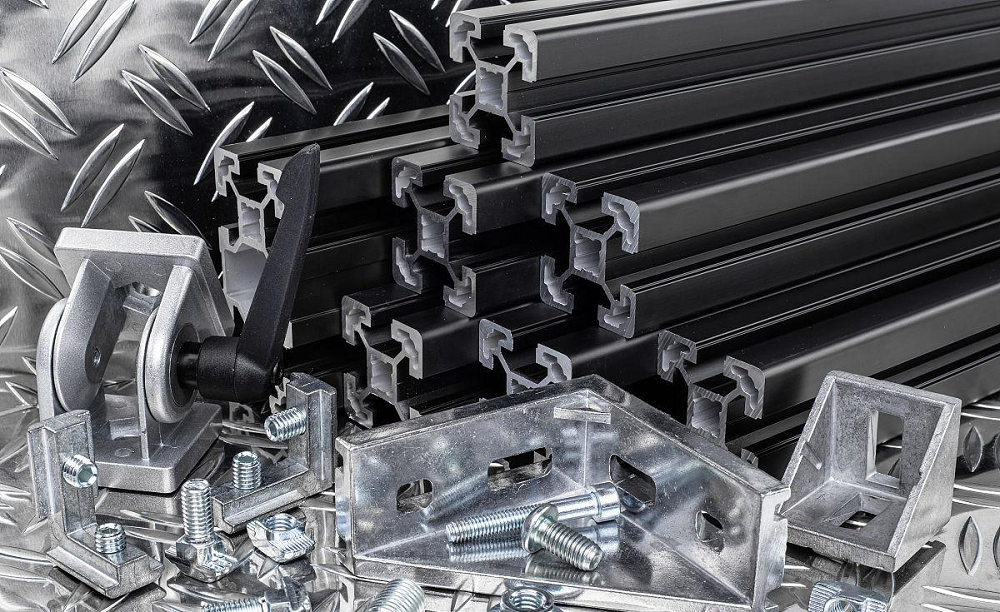 Black Anodizing Process, Benefits, Uses & How To Black Anodized Aluminum/Titanium?
Black Anodizing Process, Benefits, Uses & How To Black Anodized Aluminum/Titanium?
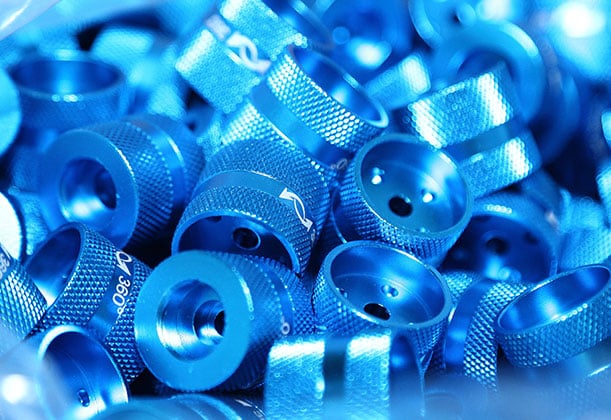 What Is Anodizing – Aluminum Anodizing Process, Application And Manufacturing
What Is Anodizing – Aluminum Anodizing Process, Application And Manufacturing
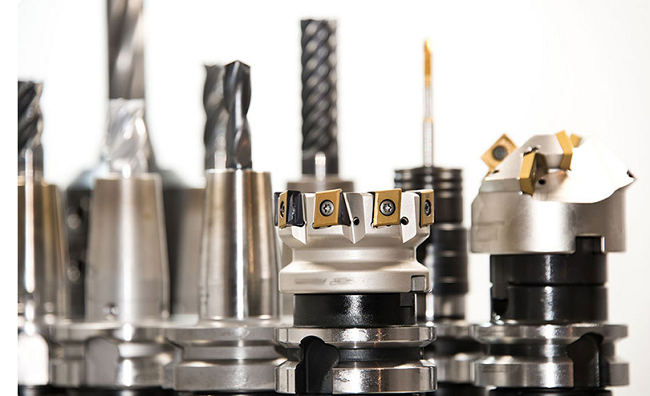 Top 12 CNC Machining & Programming Experiences | CNCLATHING
Top 12 CNC Machining & Programming Experiences | CNCLATHING
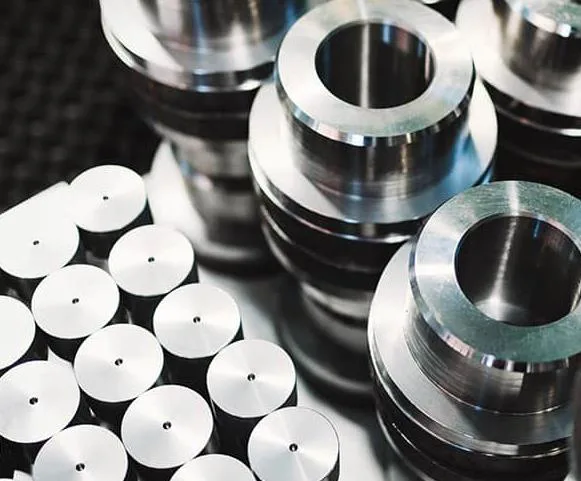 What Is Alodine (Chem Film) – Alodine Coating Thickness, Process, Types & Chem Film vs Anodize
What Is Alodine (Chem Film) – Alodine Coating Thickness, Process, Types & Chem Film vs Anodize
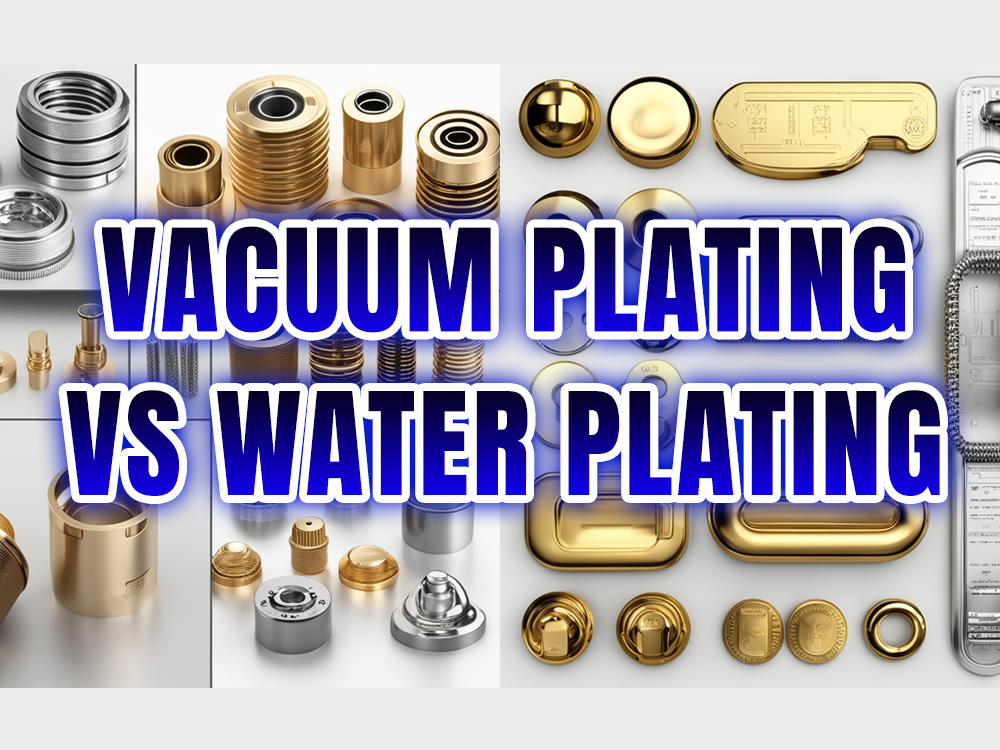 Vacuum Coating vs Water Coating: Different Between Vacuum Metalizing and Electroless Plating
Vacuum Coating vs Water Coating: Different Between Vacuum Metalizing and Electroless Plating
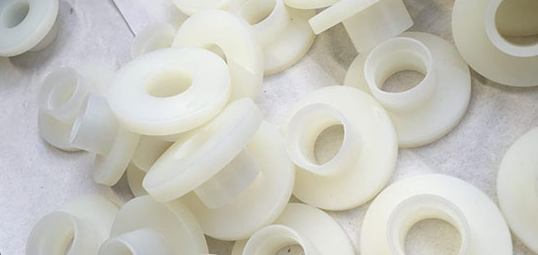 Surface Modification of Carbon Fiber Based On Nylon Composites
Surface Modification of Carbon Fiber Based On Nylon Composites
